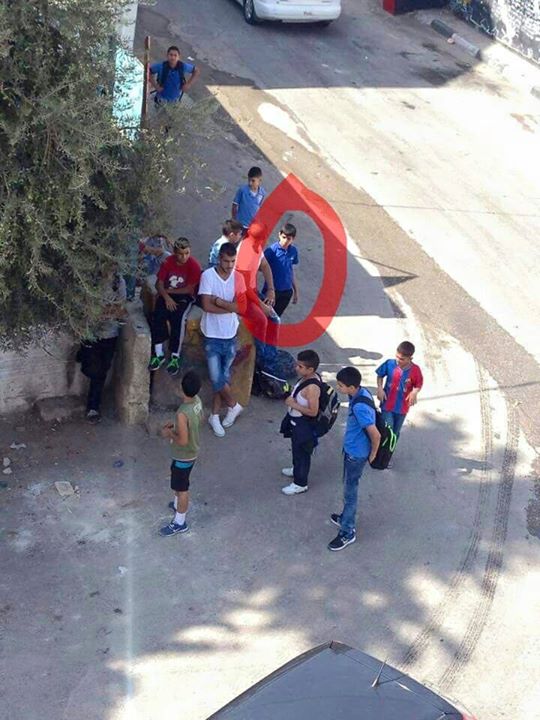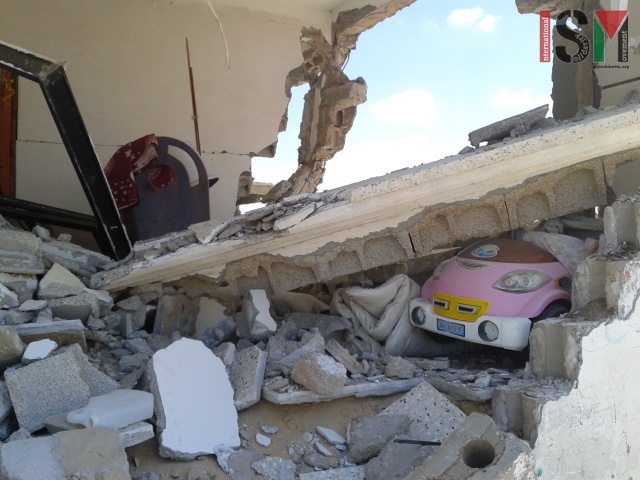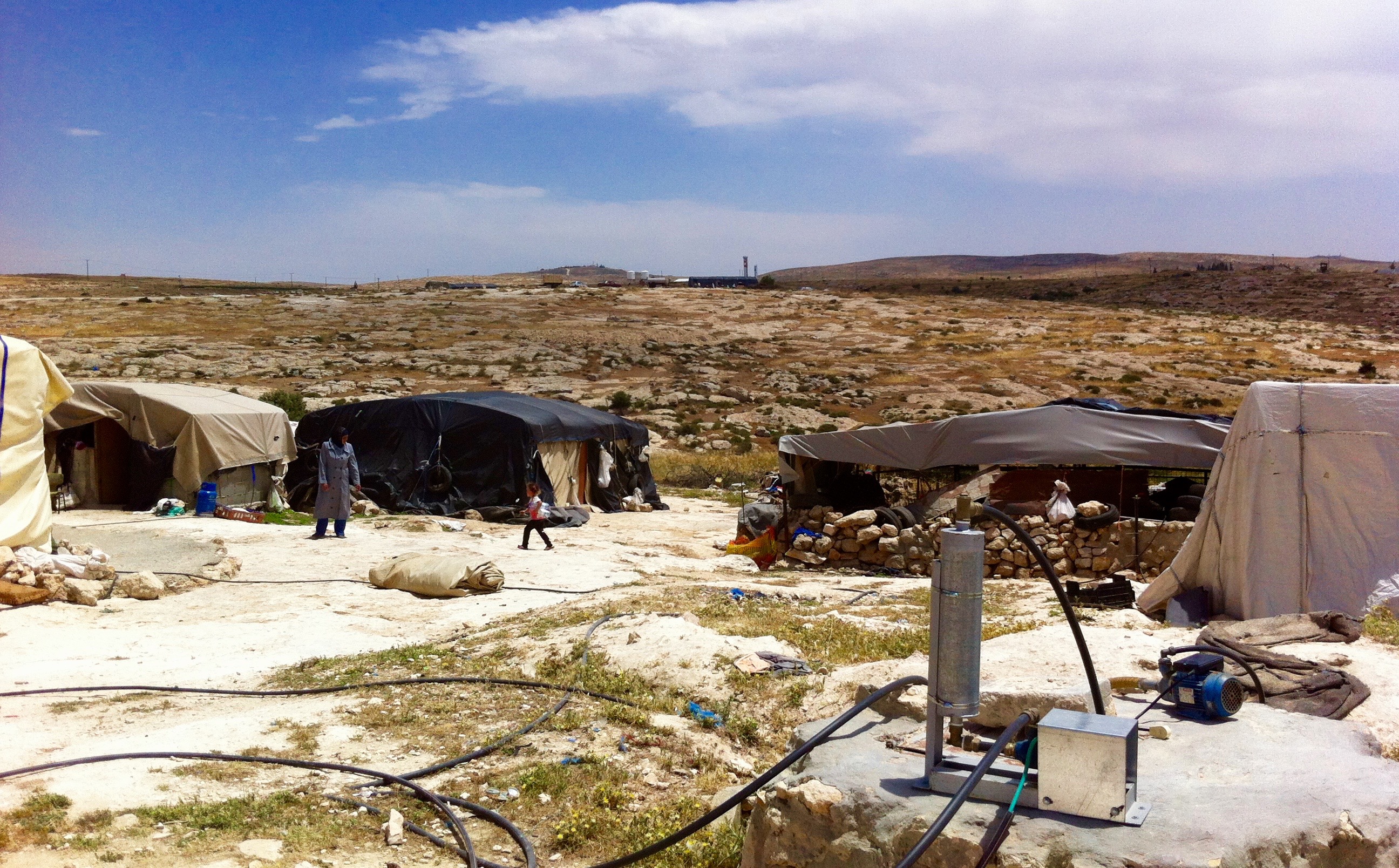Tag: House Demolition
-
12 year old Palestinian killed in Bethlehem as violence explodes across the West Bank
5th October 2015 | International Solidarity Movement, Al-Khalil team | West Bank, occupied Palestine Abed al-Rahman Shadi Obeidallah, 12 was still in his school uniform when he was rushed in a civilian car to Beit Jala hospital from Aida refugee camp in Bethlehem today. The boy, from from a Al Kahder village, was shot in the…
-
“…but still with a few hope in our hearts”
20th May 2015 | Inas Jam | Khuzaa, Gaza. Editor’s note: This is the testimony of a 23 year old woman who survived the land invasion of Khuzaa, Gaza, in the summer of 2014. This is the original version of her writings and no edits have been made. We were in Khuzaa in our grandfather’s house when the war started.…
-
Action alert: Susiya village at high risk of demolition
11th May 2015 | Operation Dove | At Tuwani, South Hebron Hills, Occupied Palestine POPULAR STRUGGLE COORDINATION COMMITTEE AND POPULAR STRUGGLE COMMITTEE OF SOUTH HEBRON HILLS CALLS FOR INTERNATIONAL PRESENCE IN SUSIYA VILLAGE Where: Susiya Village, South Hebron Hills When: From now, permanently What: Popular Struggle Coordination Committee and Popular Struggle committee of South Hebron Hills…



